Bio on Cuban chess legend, Román Hernández Onna
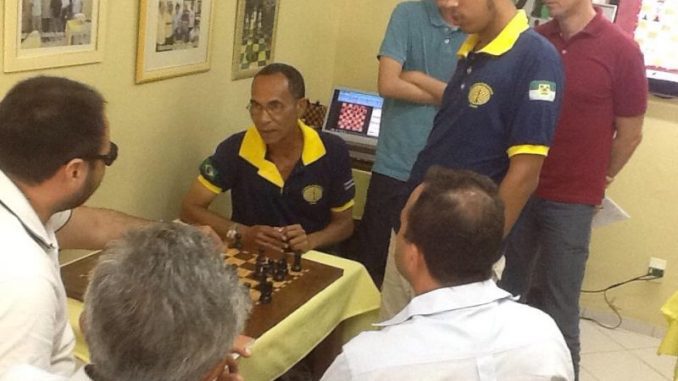
Román Hernández Onna is the subject of a recent biography covering his life and games. Jose Guillermo Rosa informed The Chess Drum of the book, En Memoria del Gran Maestro Román Hernández. Hernandez, who died in 2021, became a Grandmaster in 1978 and played a long list of elite players, even defeating World Champion Mikhail Tal. The Spanish-language biography was written by Gerardo Lebredo and Jesus G. Bayolo and published in Havana.
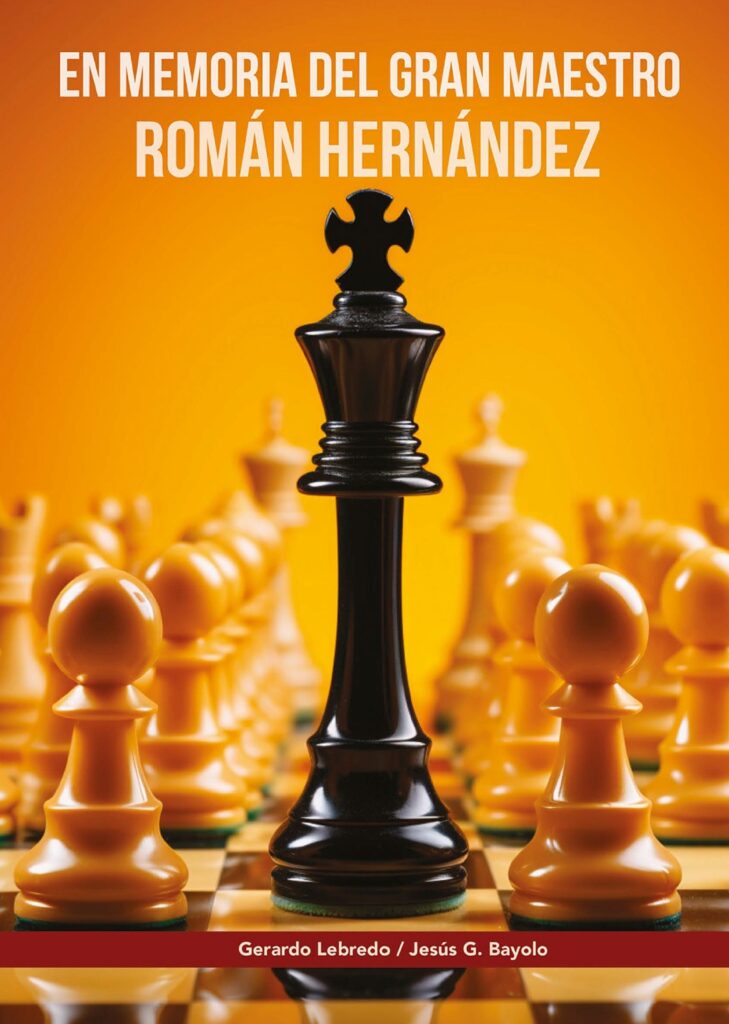
Discover the life and work of Román Hernández Onna (1949-2021), the Cuban Grandmaster who faced chess legends such as Tal, Larsen, Andersson, Gueller, Gulko, and Lombardy. This book celebrates his restrained style, technical mastery, and surprising tactical talent through passages from his life and memorable games. A must-read tribute for chess lovers.
Hernandez: Afro-Cuban Chess Trailblazer
Over the years, the idea of gauging chess’s widespread appeal has been discussed. Part of The Chess Drum’s mission is to show its universality. However, it is an English-language site, so some regions may be overlooked. After Rosa informed The Chess Drum about Hernandez (and other Afro-Cuban GMs) in 2021, there was a tribute posted on this site.
Months later, he passed away, and there was an obituary. For the longest, he had been overlooked in English-language chess media and as a member of the African Diaspora. The authors mention his earning the GM title in the book but add a particular distinction.
Un jugador sólido, muy técnico, gran conocedor de aperturas y de todas las facetas del juego es Román Hernández, quien contaba en ese momento con 28 años de edad. En el Congreso de la FIDE que tuvo lugar en Argentina en octubre se le hizo efectiva su condición de Gran Maestro. Román Hernández logró una distinción adicional: el primer Gran Maestro mulato (mezcla de razas) del mundo.
A solid, highly technical player with a keen understanding of openings and all facets of the game, Román Hernández, who was 28 years old at the time, was confirmed as a Grandmaster at the FIDE Congress held in Argentina in October. Román Hernández achieved an additional distinction: the world’s first mulatto (mixed-race) Grandmaster.
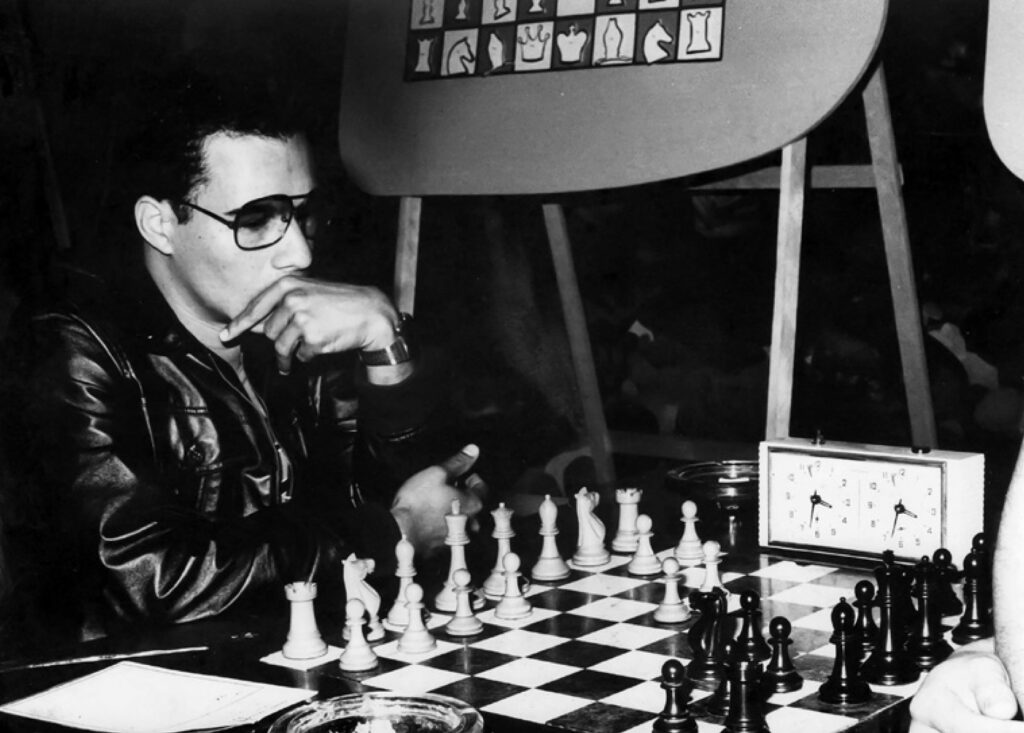
This is a very important distinction. In Latin America, “the idea of “mulato” has a different connotation. In the U.S., it is historically synonymous with “Black.” In SpanishDictionary.com, “el mulato” is given this way…
Historically, this term was used to refer to a person with one white and one black parent, or to a person of mixed black and white heritage in general. It is considered outdated and offensive in many countries, including the United States and the United Kingdom.
On the contrary, “Black” is still widely used in the U.S. and is not considered offensive. However, many use the modern term “African-American,” which is more specific to slave descendants with centuries-old lineage in the U.S., as opposed to “Black,” which refers to those of the African Diaspora.
Jose Guillermo Rosa explained that in many Latin American countries, the term “black” is considered too strong, whereas “mulatto,” “moreno,” or “de color” is more moderate and socially acceptable. Interestingly, Cuba has produced the most grandmasters of African ancestry in any country. Dominican Republican also has one Grandmaster of African origin. Many Afro-Latino Grandmasters have been overlooked because of the lack of exposure on English-language sites.
The Maestro at Work
Hernandez won the 1981-1982 national championship and represented Cuba in eight chess Olympiads (1970, 1972, 1978, 1980, 1982, 1984, 1988, 1990). He played some of the world’s finest players and notched important victories. Some of his adversaries included Vlastmil Hort, Dragoljub Velimirovic, Yefim Geller, Yuri Balashov, William Lombardy, Boris Spassky, Robert Huebner, Jan Timman, and Garry Kasparov. Among his collection of scalps included Bent Larsen (twice), Efim Geller (twice) and Mikhail Tal.
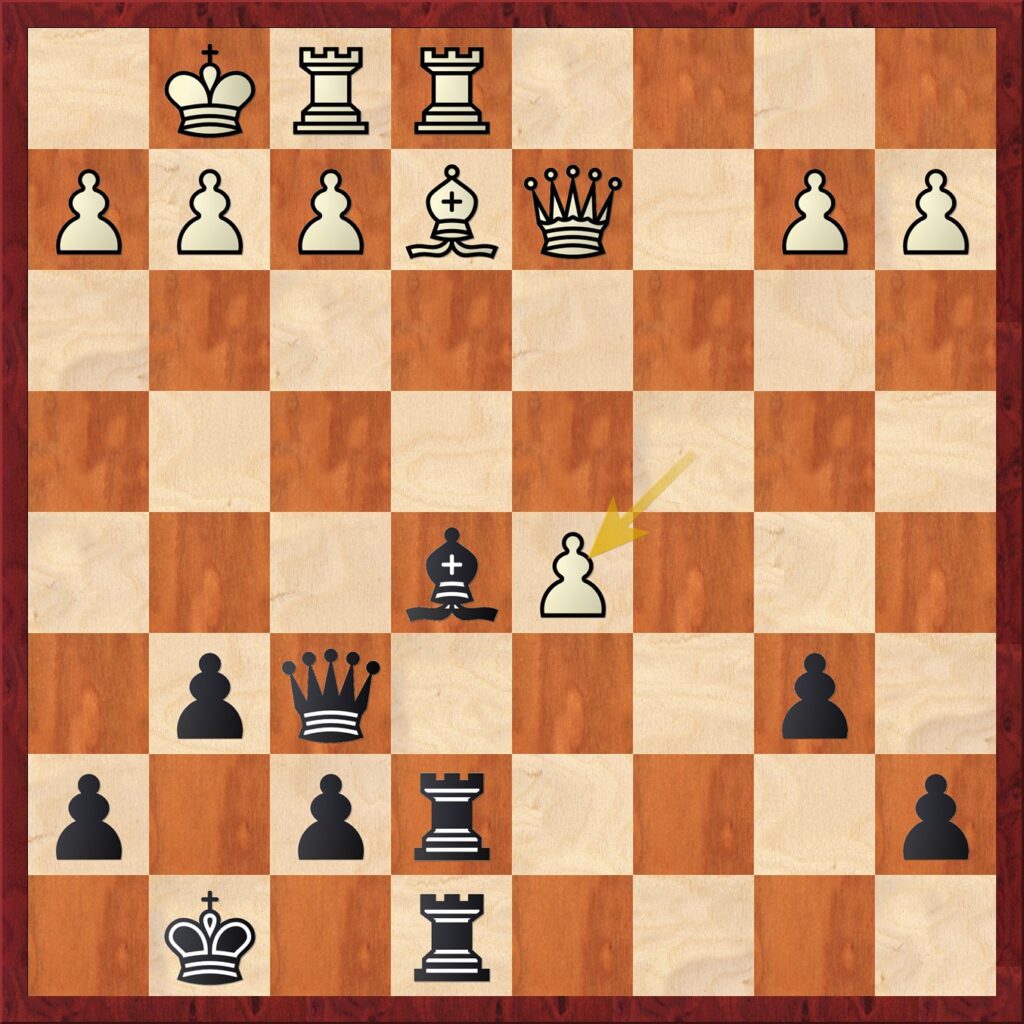
Also, from the same tournament, a Taimanov…
This time, a mainline Dragon!
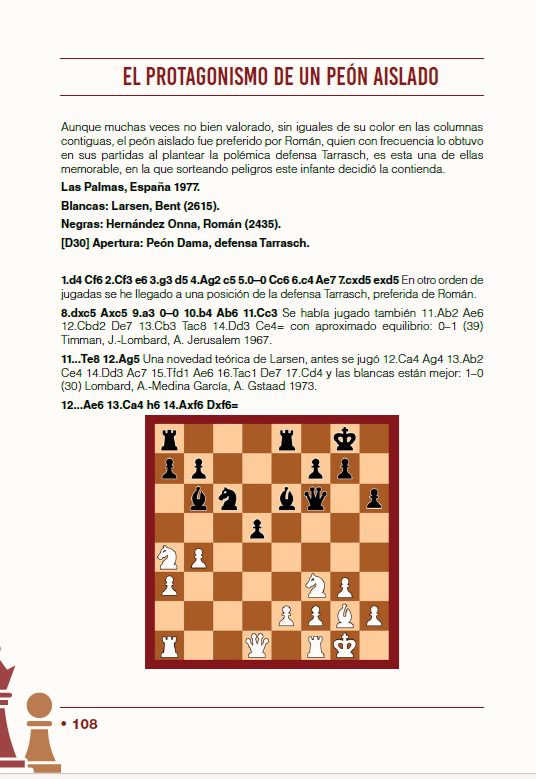
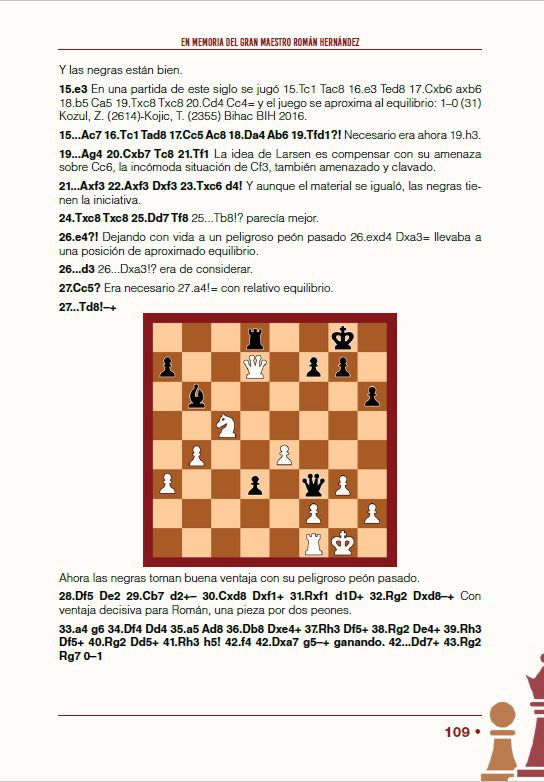
Rare Images
The book presents well-annotated games in Spanish notation and includes rare photos of Román Hernández in his prime years.
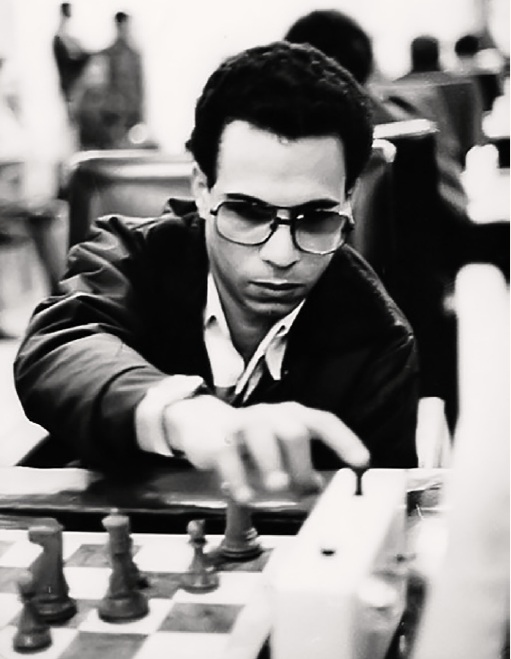
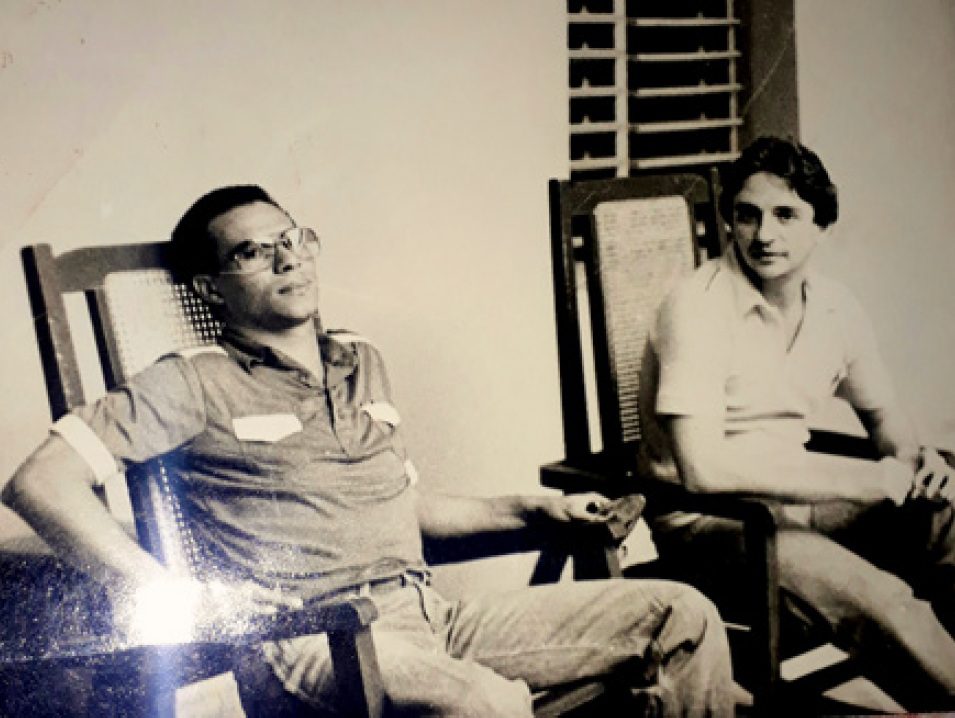
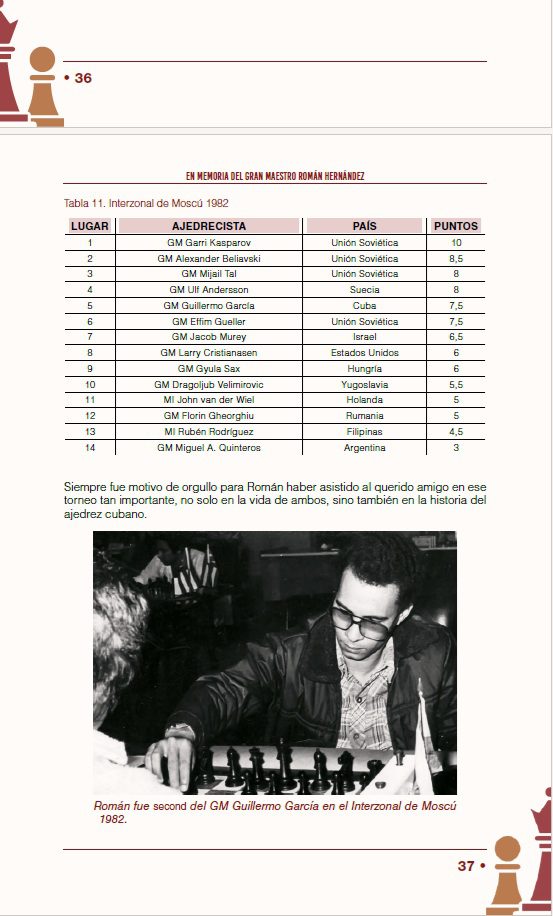
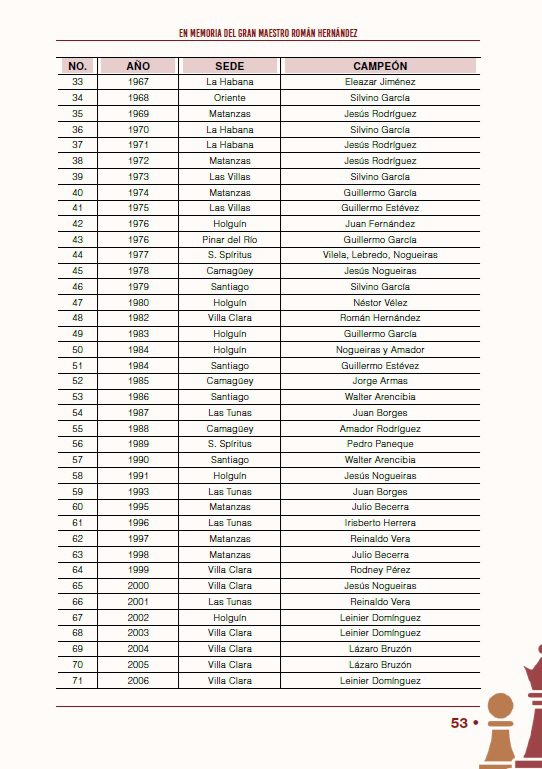
This book is a valuable addition to Cuba’s rich chess history and honors the career of a player who may not have received due recognition. Indeed, Hernandez may not be remembered in the English-speaking chess world, but this book will provide insight into the passion that runs through the veins of Cuban chess players. Salut to GM Román Hernández!
(Note: In the Tal-Hernandez diagram, the Cuban played 19…Qf4! threatening mate on h2 and forcing a queen trade. After that, the doubled rooks unleash their power down the e-file, and black will win a piece.)
Website (Spanish): https://www.libreriavirtual.cu/en-memoria-del-gran-maestro-roman-hernandez
